Palms West Amateur Radio Club
ARRL News
The Vice Director of the ARRL Southeastern Division, Jeffrey J. “Jeff” Beals, WA4AW, has become a Silent Key. He died on July 20, 2024. Beals, who was born in 1951, devoted a lifetime of service to amateur radio, having served in many local clubs, the ARRL Field Organization, and on the ARRL Board of Directors. He was also elected Vice President of the Quarter Century Wireless Association (QCWA... [...]
HamCon: Zion 2024, hosting the ARRL Rocky Mountain Division Convention, the Young Ladies Radio League 85th Convention, and the RV Radio Network’s 2024 Western Rally, was a success. The inaugural event, held in St. George, Utah, was well attended and many reported the facility and events were first rate. ARRL National Instructor Gordon West, WB6NOA, was in the ARRL booth greeting visitors and ga... [...]
Big increase in solar activity this week, with average daily sunspot number rising from 129 to 215.9, and solar flux from 176.6 to 226.5. Fourteen new sunspot groups emerged. Two were on July 11, one on July 12, three on July 13, one on July 14, two more on July 15, three more on July 16 and two more on July 17. On Thursday (after the reporting week) the daily sunspot number was 276, the highes... [...]
VHF contesting season is in full swing! Summer weather brings with it enhanced propagation. With good conditions, stations hundreds of miles away can be worked via tropospheric ducting, E-skip, and perhaps even meteor scatter. If you have an HF rig that includes 6 meters or VHF/UHF capability, you’ve got just the tools you need to take advantage of these enhancements! US amateurs of all license... [...]
Sign up for PWARC Fan List
Updated membership application policy
For new memberships: Once payment is received you will receive a membership application by email. Please fill out this application fully and send it back either by email or to the address listed on the application. At the next board meeting your application will be reviewed and if approved you will be notified of the approval and become a full member. If for some reason the board does not approve your application you will be notified and a refund will be processed thru PayPal to your original method of payment. Should you have any questions about this please contact AJ4LJ@ARRL.net for more information.
Become a PWARC member. A $2 processing fee is included in the total
Please consider making a donation to support our important mission
Random Ham Stuff

Next month (August) will mark 10 years since I built my little Sproutie HF Regen Receiver. I recently received an email from Bob W3BBO. A few years ago, he built a Sproutie, and he has just built another one – more on that later. Bob’s first Sproutie is shown in this post, along with a […] [...]
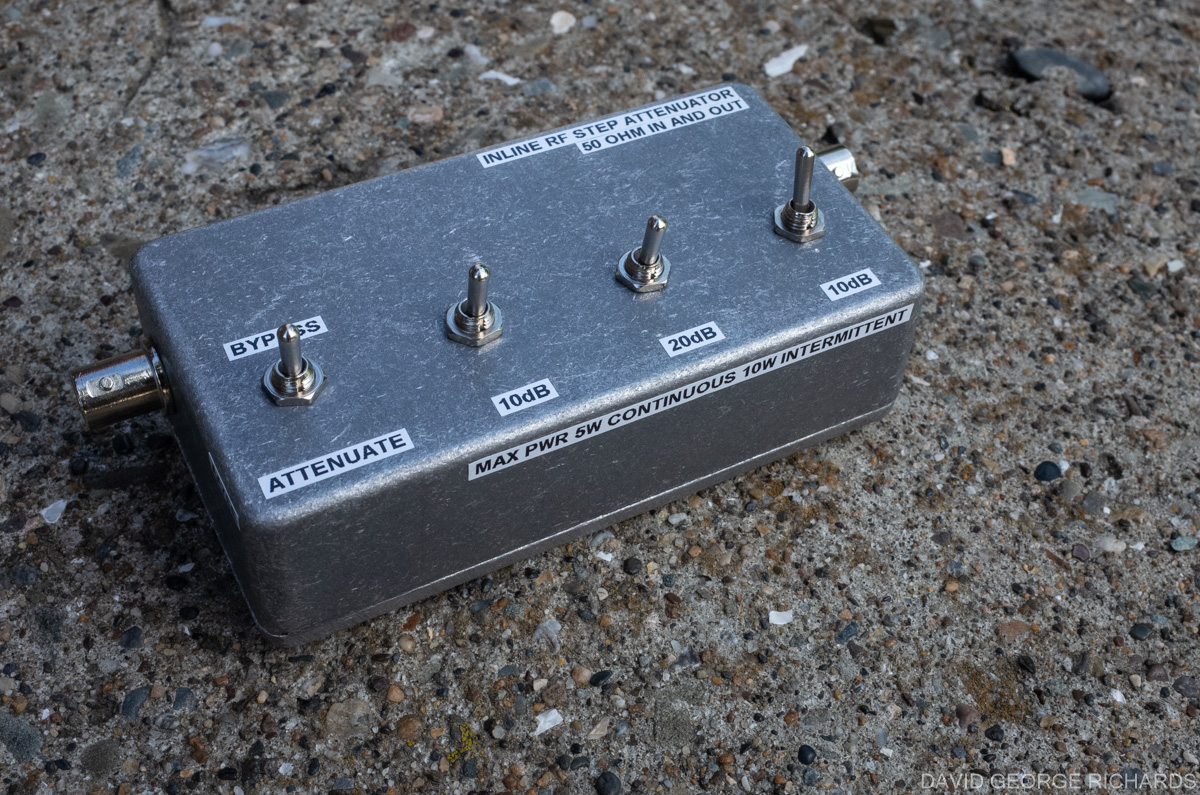
I don’t need to explain the attraction of low power operation; if you’re reading this, the chances are that you are already a convert. I’ve been operating with low power ever since first being licensed in the UK in the late 70’s as G8RYQ, and then G4IFA. One of my first rigs was a homebrew […] [...]
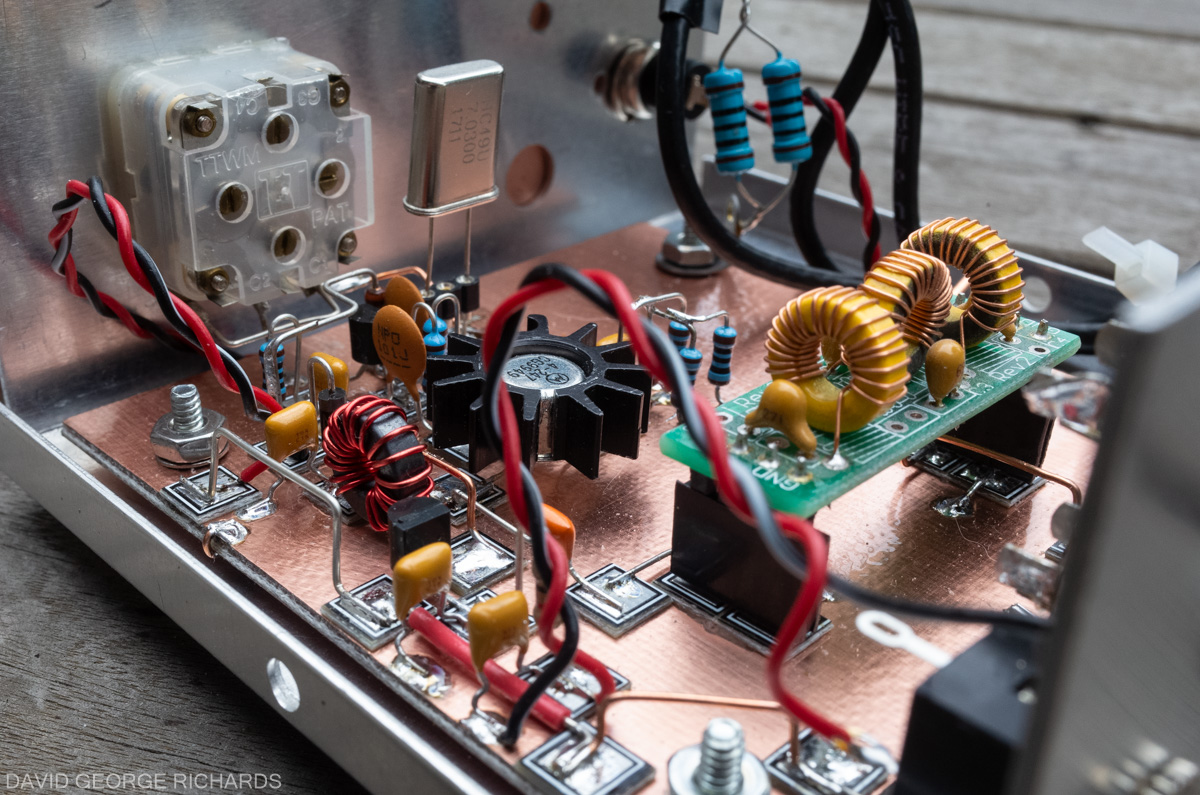
As well as the small stash of finished projects that grace my living space, I also have two small boxes containing various boards. Some of them are boards from part-finished projects that didn’t work. For whatever reason, I ran out of steam and, instead of troubleshooting them, put them carefully into a small box along […] [...]
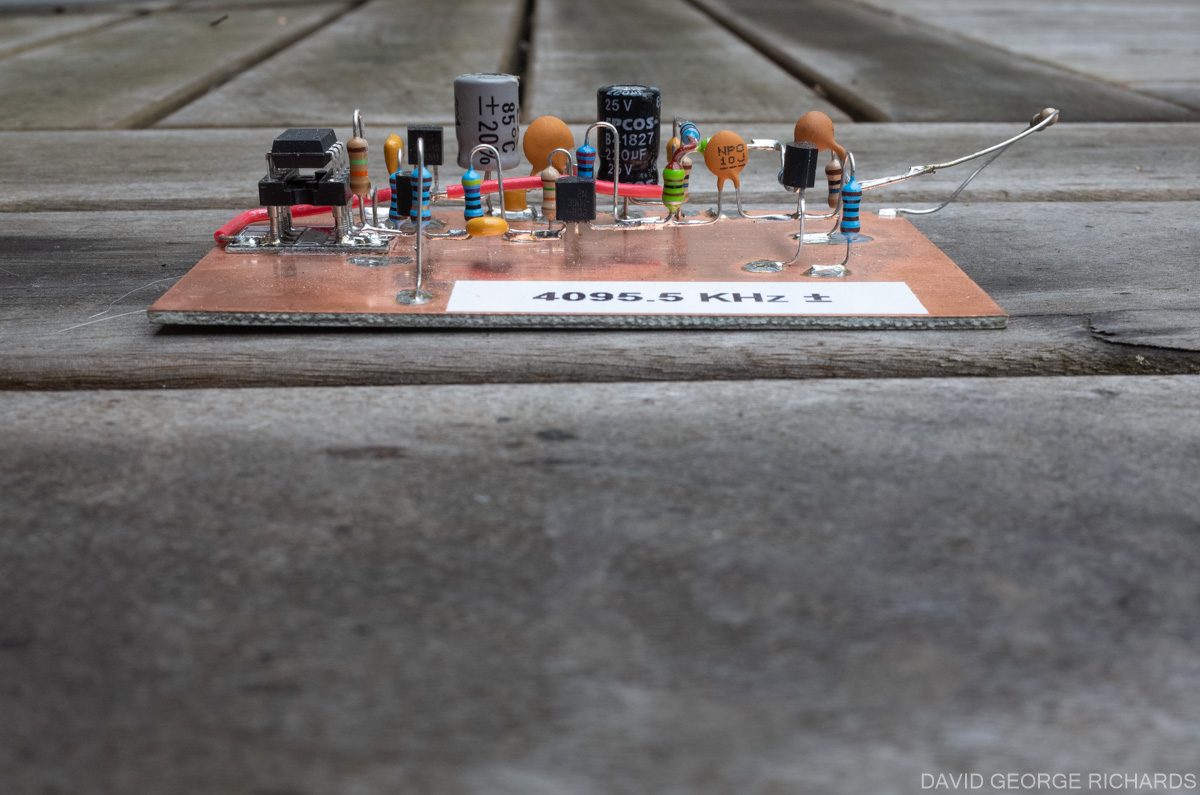
Here’s a little project I put together on a whim about 18 months ago. It was my tribute to the unlicensed (i.e. pirate) beacon cluster around 4096 KHz. There were several of them operating in full force, with powers ranging from around 100mW to a watt or so a few years ago. Their heyday was […] [...]
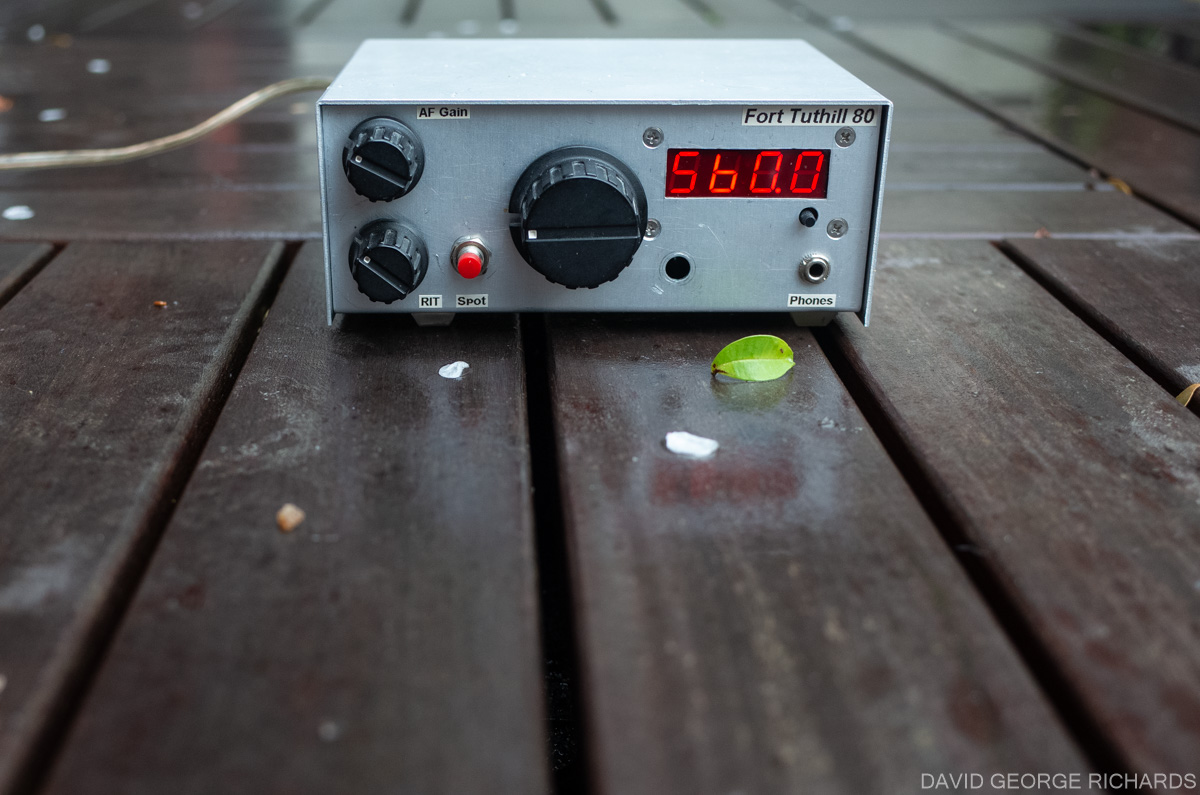
Back in 2009/2010 the Arizona QRP Scorpions released a little kit designed by Dan N7VE, called the Fort Tuthill 80. It was a QRP CW transceiver, with a direct conversion receiver and a transmitter capable of putting out about 3W. It caught my imagination, and I just had to build it. I have never had […] [...]
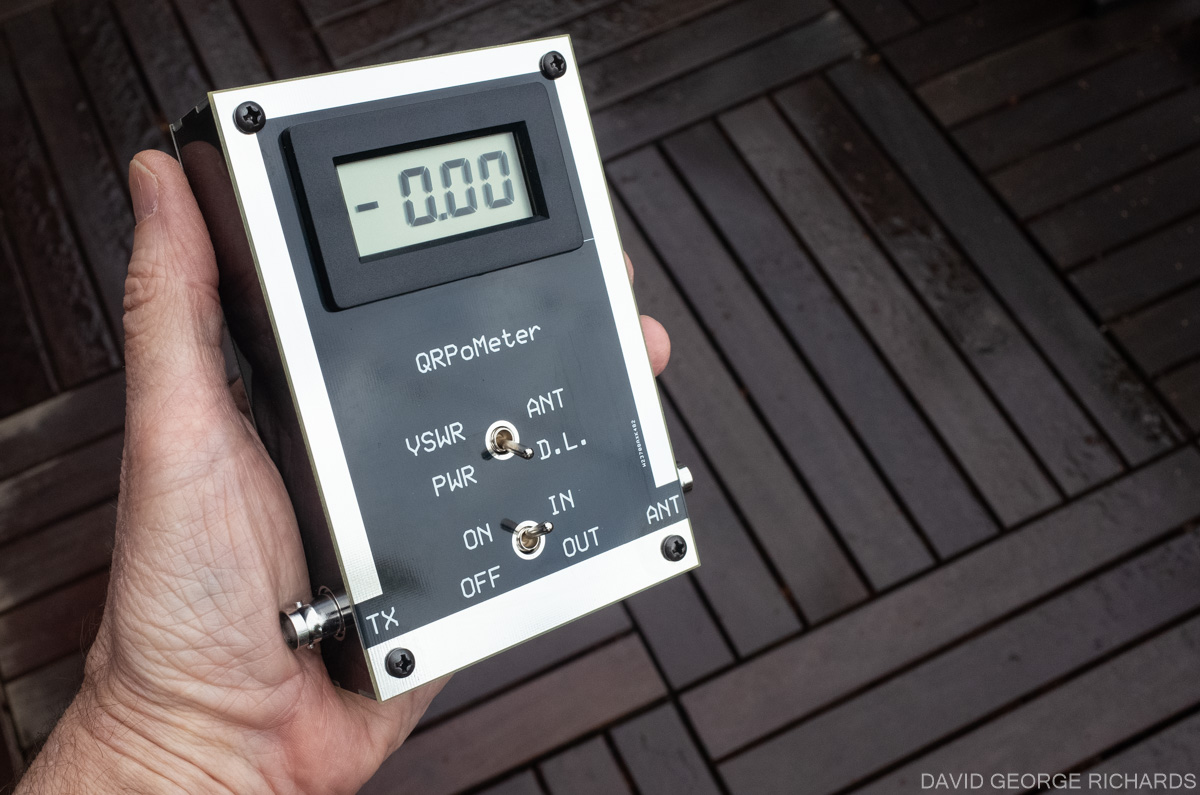
Some years ago, I purchased and assembled an Oak Hills Research WM-2 QRP Wattmeter from Milestone Technologies. As far as QRP wattmeter kits go, it was something of a classic at the time, and as such, I wanted one. I’m glad I made this purchase, as they are no longer available – at least, in […] [...]
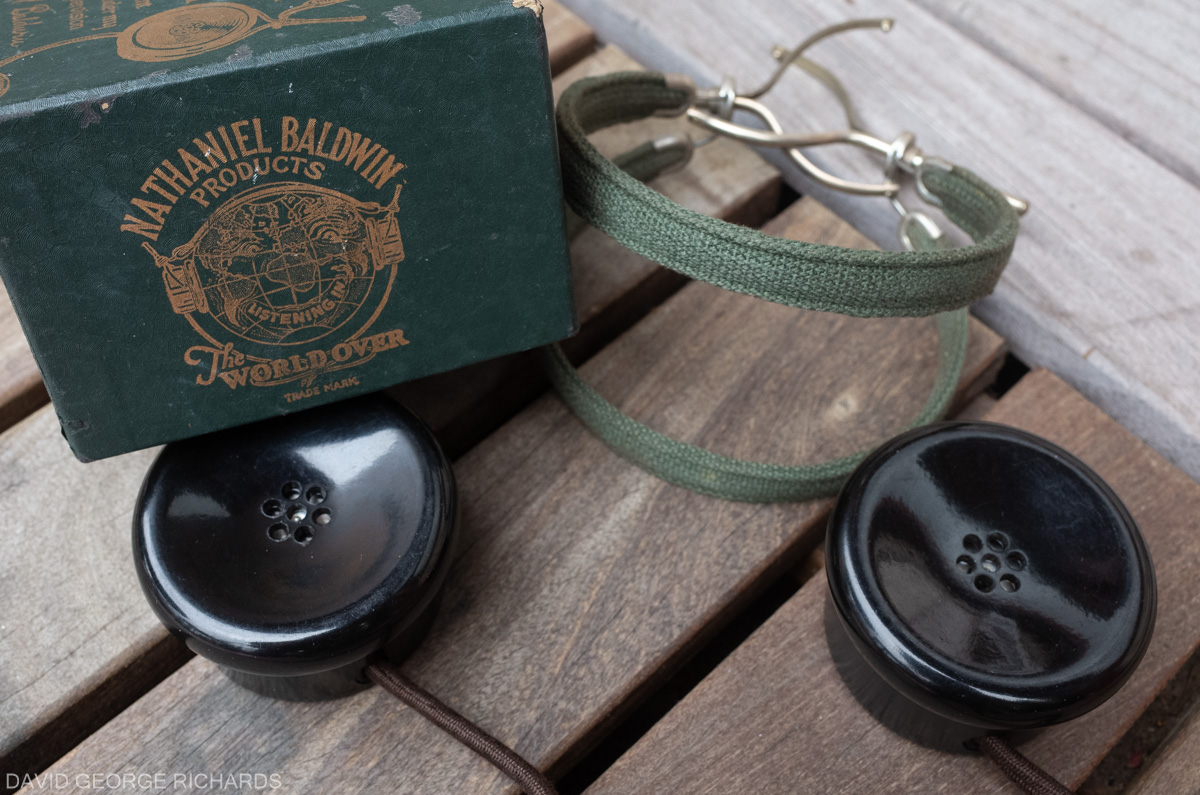
Before building Jim W4LF’s Hobbydyne™ crystal set, I put together an impedance matchbox, for matching the detector diode to a variety of different headsets and earphones, so that I could determine the best ones to use. The world of serious crystal set listening was new to me, so I did some reading up. To give […] [...]
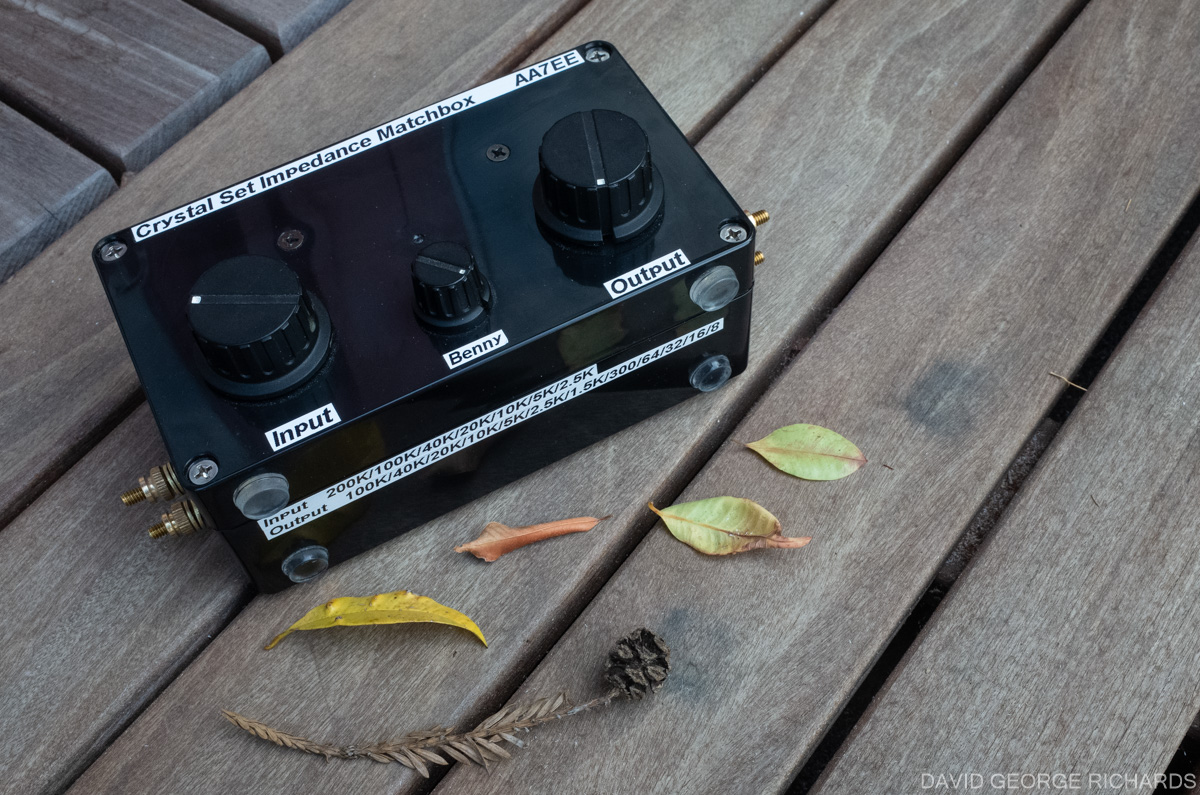
Growing up as the youngest of 4 boys, I was well positioned to receive all the hand-me-downs. Although that might sound as if I just ended up with second-rate stuff, that was not the case at all. I inherited a lot of great things from my older brothers. I couldn’t have cared less that they’d […] [...]
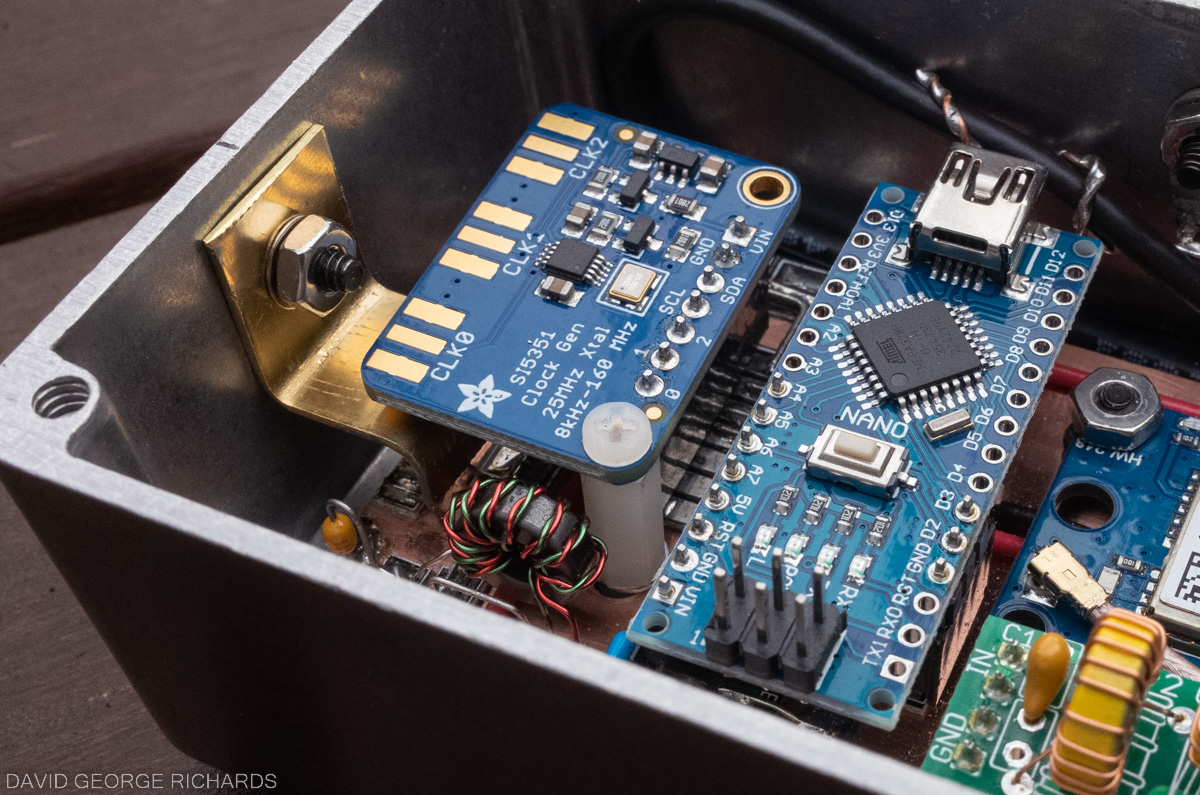
I first tried WSPR out in 2009, with a Signalink USB interface attached to my FT-817 and PC. For anyone interested in QRP and QRPp, the process of being able to decode a signal that is up to about 34dB below the noise level is quite fascinating. Morse code, sent by way of CW, engages […] [...]
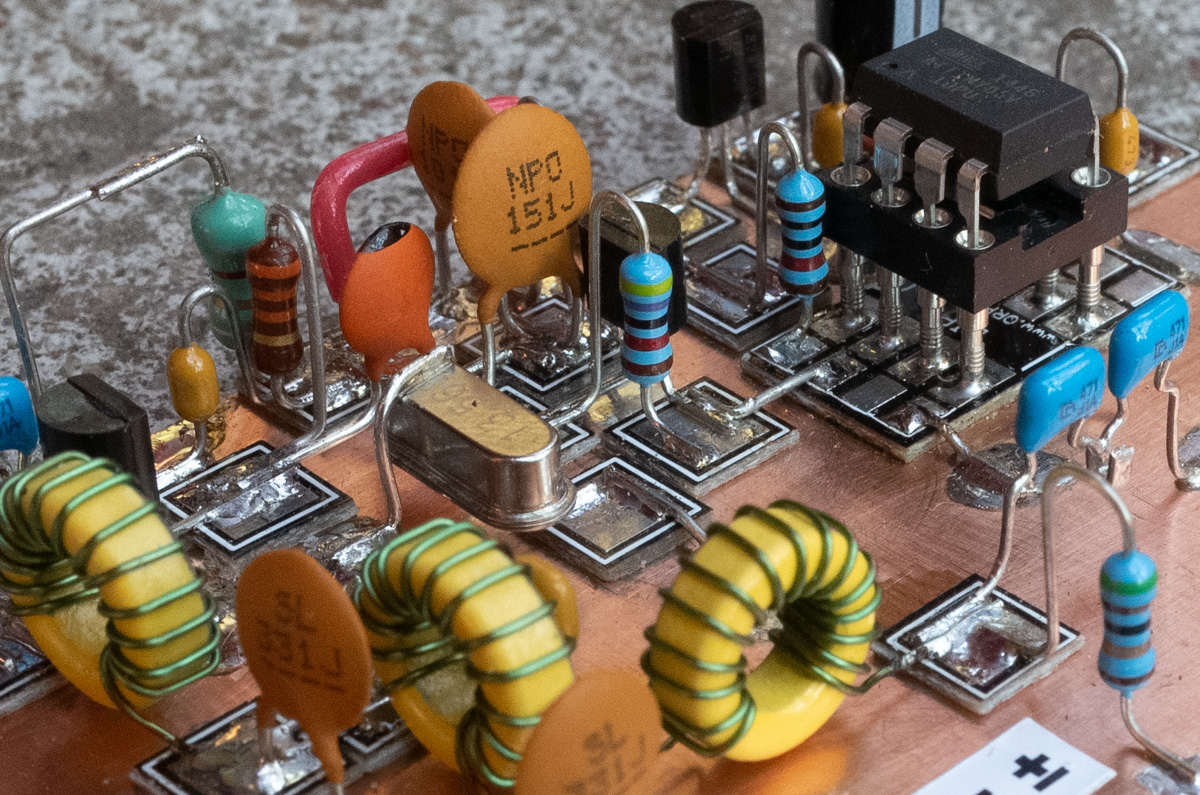
I haven’t been building much at all, for quite a long time now. However, the urge occasionally returns. When it does, it’s wonderful to have a small stash of parts on hand, so I can pull the soldering iron out and start building before the desire dissipates. I’ve been interested in beacons for a while, […] [...]
©2012-2021 Palms West Amateur Radio Club | Powered by WordPress with Easel | Subscribe: RSS | Back to Top ↑